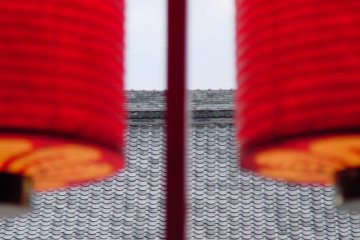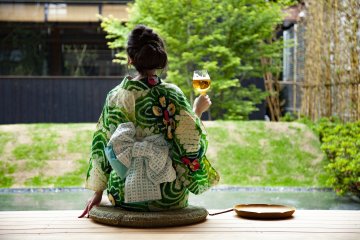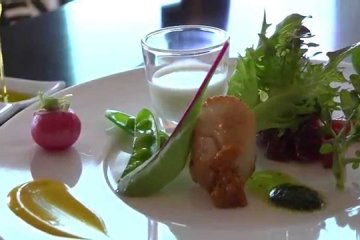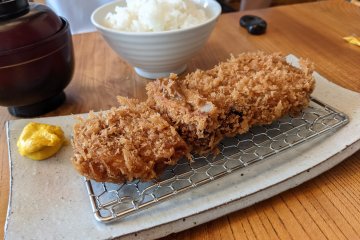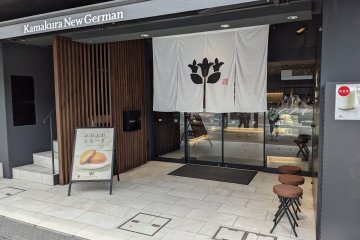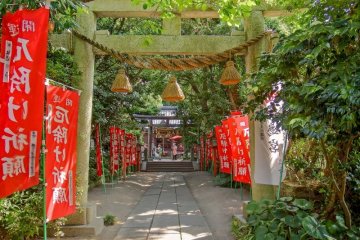Culture
Tsurugaoka Hachimangu Shrine is arguably the most important shrine in Kamakura and is located roughly in the center of the city. The shrine was originally founded in 1063 by Minamoto Yoriyoshi, the head of Japan’s Minamoto Clan, and was later moved in 1180 to its current location by Minamoto Yoritomo, the founder and first shogun of the Kamakura shogunate. This relocation marked the start of samurai society and Kamakura as a spiritual and social center of Japan. This rich history and culture is still present in Kamakura today.
The shrine is dedicated to Hachiman, the guardian deity of samurai and the Minamoto Clan. Hachiman is worshiped for good fortune in warfare.
The long pathway to the shrine runs through Kamakura City and is marked by multiple red torii gates, showing an interconnectedness between spirituality and urban life. Upon entering the shrine grounds, you will see two ponds on either side of you. The pond on the left represents the Minamoto clan, and the one on the right represents the Taira Clan (Minamoto’s rival). The Taira pond purposefully has four islands in it, which symbolizes the bad blood between the clans as four can be pronounced the same as “death” in Japanese. Beside the Minamoto pond is a beautiful peony garden that is open in winter and spring when the flowers are in full bloom.
Past the ponds you will come across the mai-den, which is located at the base of the stairs to the main hall. This vibrant red building is used as a stage for music and dance performances throughout the year’s festivities. Atop the wide staircase is the main hall. This traditionally designed structure features a red facade with gold-and-green detailing and is a commanding sight due to its massive size. Beside the main hall is a treasure hall that displays historical artifacts such as swords and masks.
The grounds are also home to numerous smaller buildings and shrines, most notably Wakamiya and Maruyama Inari Shrine, which, along with the main hall, are nationally important cultural properties.
Tsurugaoka Hachimangu hosts numerous events throughout the year. One of the shrine’s most popular festivals occurs from September 14th to 16th and features yabusame horseback archery. The shrine is also one of Japan’s most popular spots for hatsumode, which is the first shrine visit of the year.
Kanagawa
0.9km away
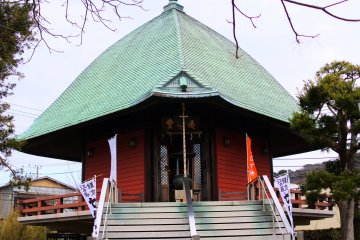


/139.55235242844,35.31731380326,9/397x132?access_token=pk.eyJ1IjoiamFwYW50cmF2ZWxtYXBzIiwiYSI6ImNqbXBtOXYxbDB5Z3ozbHFrazJuYWMwOGYifQ.v15fy_mcFWtgopmz8PhwqA)
